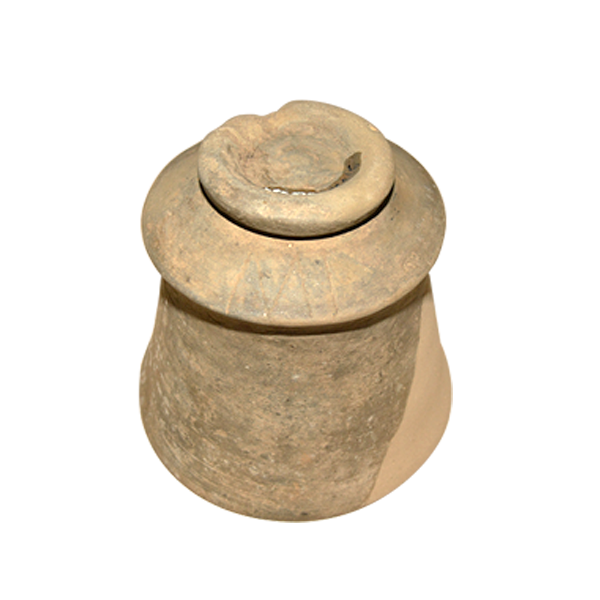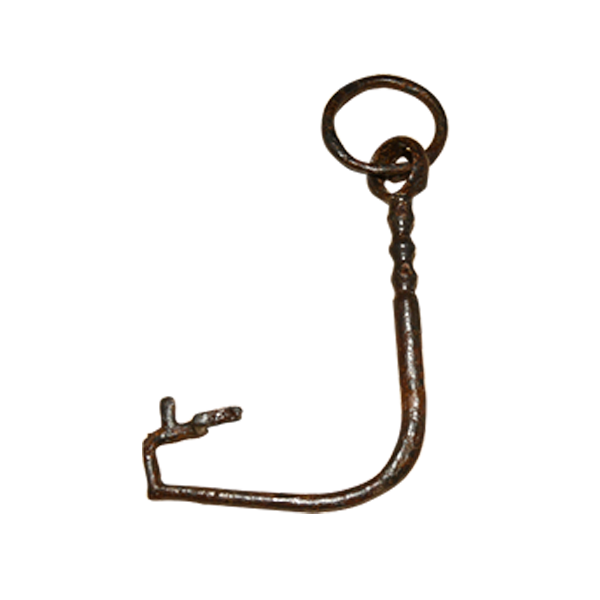Archaeological Museum of the Seven communities
Rotzo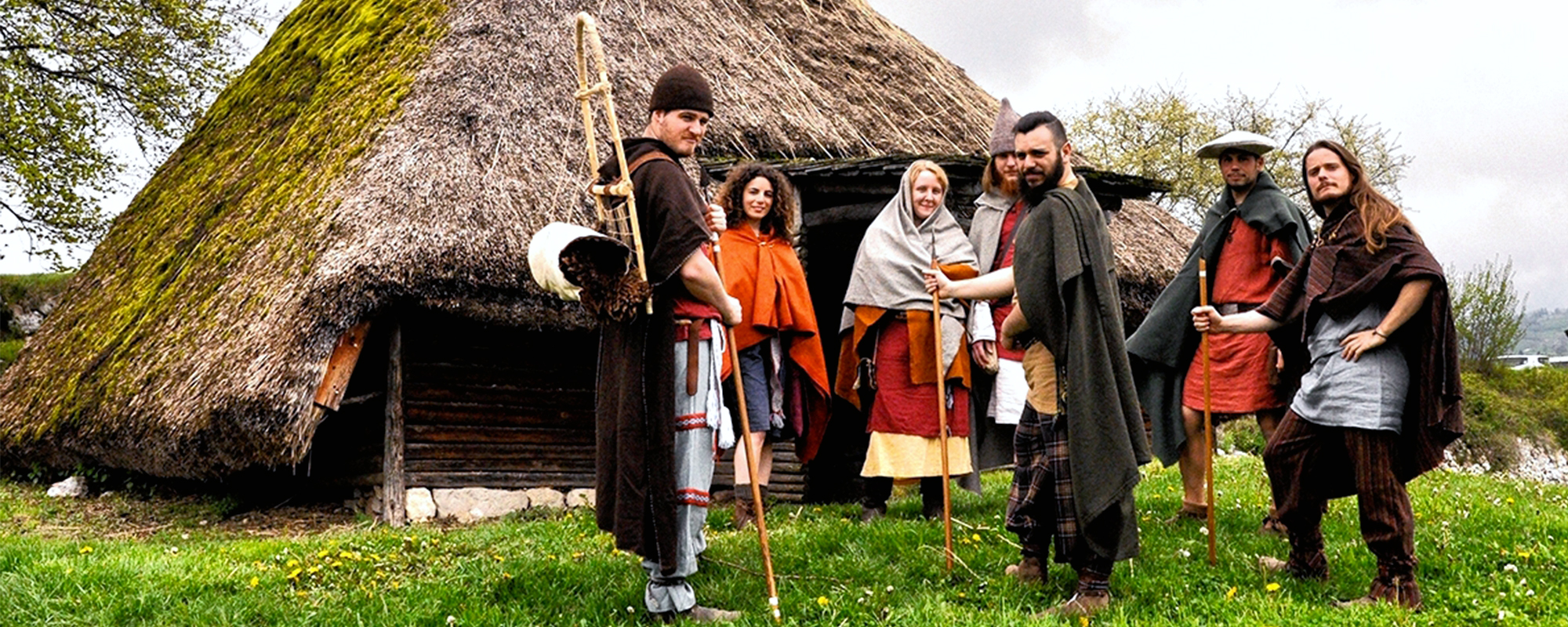
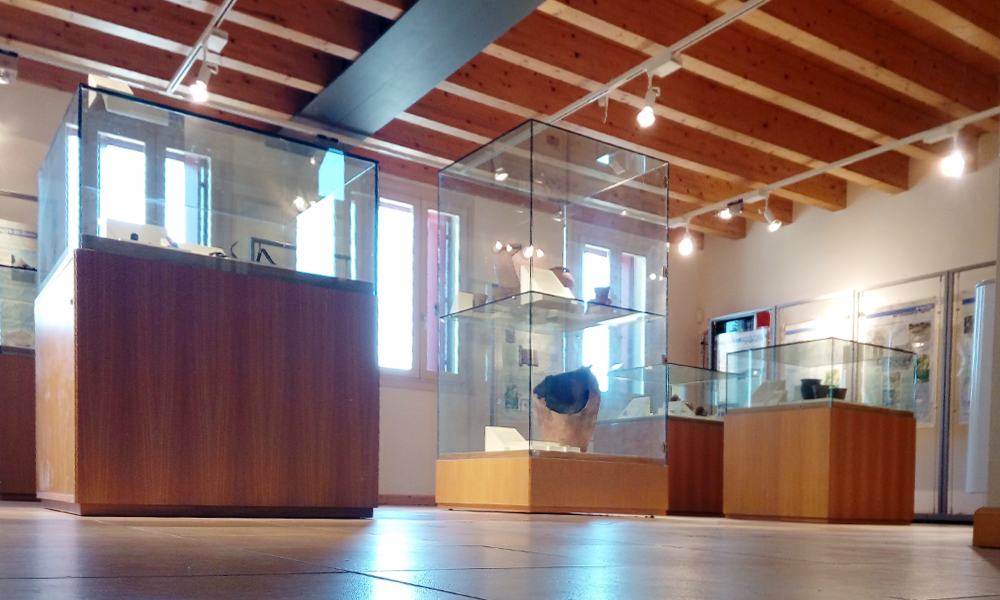
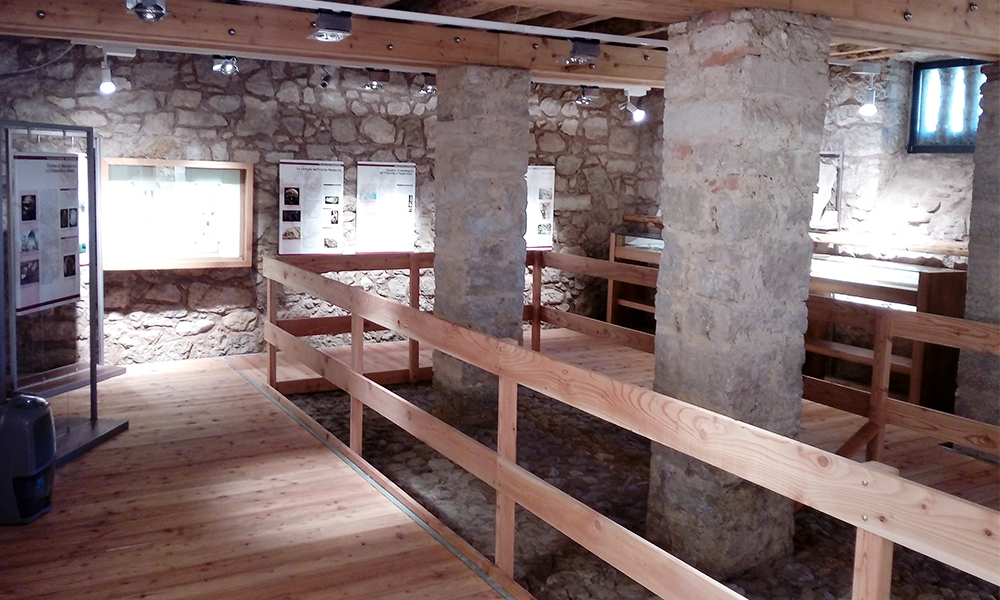
The museum is housed in an old, specially renovated building, which once housed the primary school of the small hamlet of Castelletto di Rotzo. The restoration of the building, owned by the Municipality of Rotzo, was carried out thanks to contributions from the Cariverona Foundation, the Veneto Region, the Mountain Community Spettabile Reggenza dei Sette Comuni and the Municipality of Rotzo. After a management phase entrusted to the ‘Cultural Foundation Archaeological Museum of the Altopiano dei Sette Comuni’, the complex is now managed by Nea Archeologia Coorperativa. The archaeological museum stems from the desire to bring together in a single building the numerous finds unearthed in years of systematic research and chance discoveries in the territory of the Altopiano dei Sette Comuni Vicentini; the main aim is to give homogeneity and visibility to these finds, making them available to those who wish to learn about the long and fascinating history of the Altopiano’s peopling. Moreover, the location of the museum itself makes it possible to create a natural “territorial system” with the Bostel archaeological park, favouring an ideal, complete cognitive experience, ranging from the visit to the Iron Age archaeological site, with its excavations and archaeo-experimental reconstructions of the village, to the observation, inside the museum, of the finds from the village itself.
The presence in the subsoil of Bostel of an ancient village dating back to the second Iron Age (5th-1st centuries B.C.) has been known since the end of the 18th century when, in 1781, Abbot Agostino Dal Pozzo, a native of Castelletto di Rotzo, discovered the remains of this village during the course of agricultural reclamation work he had carried out on this land, which was owned by his family, in order to undertake potato cultivation. The Abbot gave news of the discovery in his famous work, the ‘Memorie Istoriche dei Sette Comuni Vicentini’ (Historical Memoirs of the Seven Vicentine Municipalities).In 1912, archaeologists A. Alfonsi and G.B. Pellegrini, on behalf of the Regia Soprintendenza alle Antichità delle Venezie (Royal Superintendency of Antiquities of Venice), carried out some investigations on the site, bringing to light the so-called ‘sala del trono’ (throne room), a large rectangular building, probably the dwelling of the village chief or a public meeting place, of civil and/or religious significance, consisting of a single room, with a large central boulder, intentionally placed there, perhaps to serve as a celebratory altar. The excavations continued in 1969 when the archaeologist G.B. Frescura stratigraphically excavated, using procedures proper to modern archaeological practice, ‘cottage A’, a quadrangular-shaped building, used for residential purposes, which yielded countless artefacts of domestic use and made it possible to acquire precise data on Iron Age housing in the Alpine area. Investigations are currently being carried out by the University of Padua, since 1994, under the scientific direction of Prof. A. De Guio and the supervision of the Veneto Archaeological Superintendency. At first, campaigns were carried out to identify areas of high archaeological potential, through aerial photographs, geophysical prospecting, etc., and then a number of areas of greatest interest were identified and systematic archaeological excavation campaigns were carried out on them. The latter excavations brought to light a shred of an ancient defensive and containing wall of the village, in a terrace on the western edge of the plateau (area ‘E’) and two very large buildings, adjacent to each other, one with a residential function and the other for productive-craft use, which has four ovens for firing ceramic objects (area ‘C’). These findings have made it possible to make great strides in the knowledge of the productive and commercial aspects of the Bostel village, framing the settlement within an intense network of traffic that connected the Veneto plain with the Rhaetian-Alpine ‘world’, through economic flows that mainly took place along the Astico Valley.
June, July and August: Saturdays and Sundays from: 10:00-12:30 /14:30- 17:30
September to May open by appointment.
On other dates visits are always possible on request.
The visit lasts about 2 hours.
Reservations are recommended.
We recommend that you check the Museum’s opening dates at www.bosteldirotzo.it or on Facebook before coming.
Nea Archeologia soc. coop.
Tel. 349.8736451 (Riccardo) – 348.8267377 (Martino)
E-mail: info@bosteldirotzo.it
